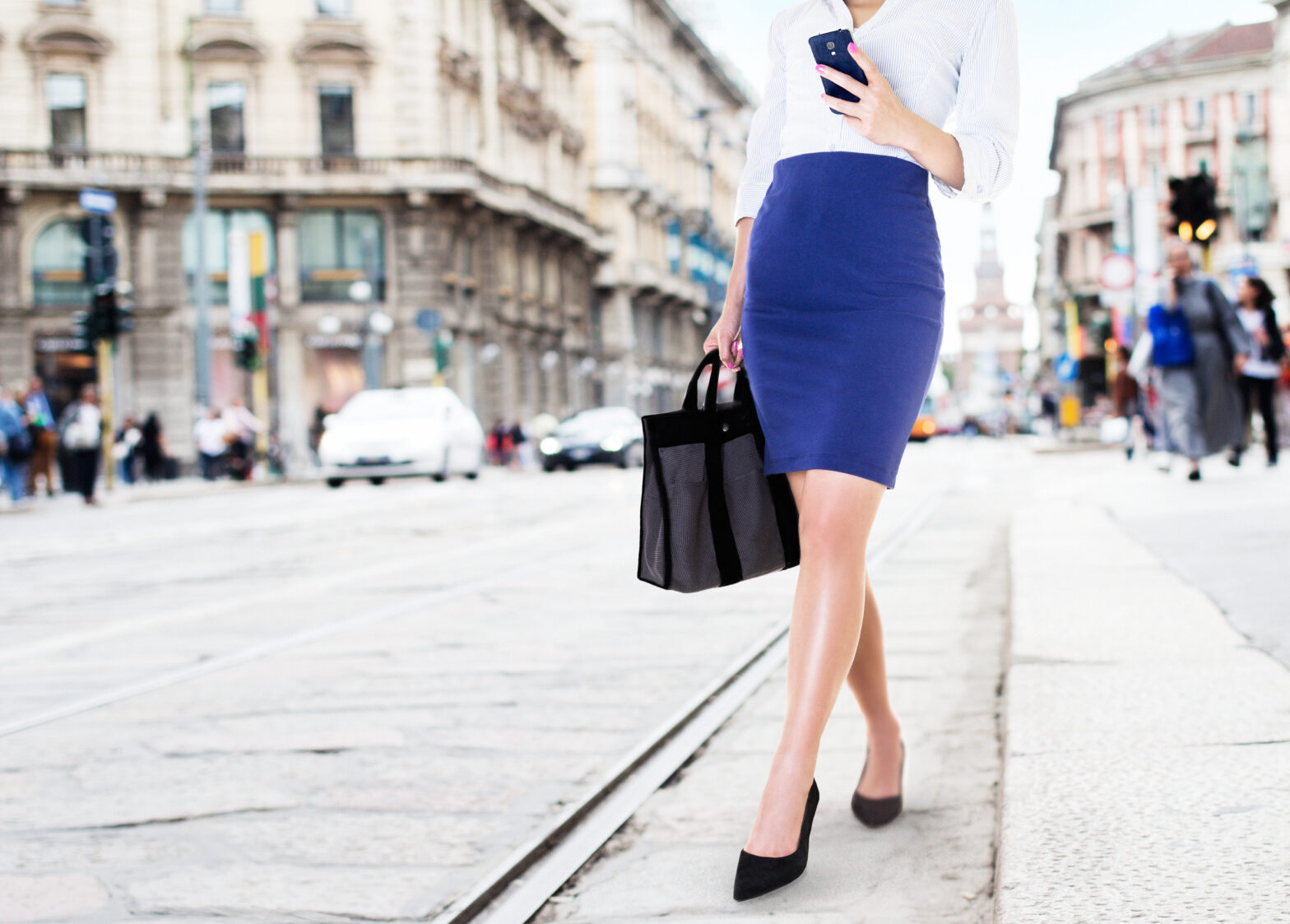The retail sector enjoys a third of UK consumer spending, and took £339 billion last year – five per cent of the UK’s GDP. Certain areas, like fashion for example, tend to keep growth business weathering economic disruption as they provide not only what people need, but also what they desire.
Fashion tends to lead the way – where fashion goes today other retailers will follow tomorrow. And where retail goes, other sectors take note and improve their business models and customer experience accordingly.
Fashion, like every other aspect of modern life, is finding technology a disrupting force.
So what can other sectors learn from retail? Here are three of the latest trends led by fashionistas.
Feeling special on the high street
It’s not only that 12 per cent of retail sales are made online, but out of town retail parks and supermarkets offer major savings compared to the high street. Despite this, high streets have not mounted a credible counterattack that make consumers feel valued. Simply throwing money at the problem to make a more luxurious and personalised experience can only work where a premium is already expected, such as with luxury goods.
A tech-led solution is to learn from the leading retailers who have bagged the biggest customer wins, like Amazon, and marry online learnings with what works best for physical stores. Many retailers will throw their hands up in despair at being told about more tech that will magically help customer engagement. Yet a tech-led solution will not just help reconnect consumers used to instant and intelligent online experiences, it can solve long-term retail headaches…
People like to see and touch before they buy. Something no online experience can match is a smart fitting room that augments reality to give a digital experience in the real world. This technology can show how selected items might look in different colours, suggest complementary accessories, and allow customers to compare prices and amend wish lists on screen on a ‘magic mirror’.
Putting a virtual overlay on the physical world
Before retailers can think of implementing high tech, such as VR, smart fitting rooms and magic mirrors, they have to inventory management. Until they know what stock is exactly where in real-time, they can’t apply the intelligence that is part and parcel of the online experience.
When, for example, clothing, is tagged with an RFID chip (radio frequency identification), like those in contactless cards, a retailer can solve the huge hassles of inventory management and then build smart fitting rooms and other personalised experiences.
Imagine, with a chipped inventory and scanners, a retailer can know where exactly every item of clothing is, if sizes are mixed together or colours appropriately separated – without having to rifle through every rail. No more stock lost in the backroom, with a streamlined inventory, retailers can accurately forecast what they can sell. For consumers this means a quick answer to the question ‘have you got this in stock / my colour / my size / in the store down the road’. It also means relatively modest customer pleasing solutions like ‘click and collect’ or same day deliveries can be managed without the hassle of maintaining separate inventories for online and in-store purchases.
For the consumer, a range of other experiences can be built on this, such as personalised experiences as they move around the store (showing their clothes in different angles, or projecting an offer if they look like they are returning to the rail from the fitting room).Visual merchandising can also be used in new ways, showing the clothes in the basket on a mannequin as the shopper goes past.
Would you like smart chips with that?
At the till, smart chips can shorten queues and speed payment. Smarter chips can be scanned instantly, eliminating the need to scan each barcode separately.
From a retailer’s perspective, imagine what a store manager can do with that kind of data. They can be aware of which clothes aren’t selling well in each store by the minute, or what should be offered as pairing when a customer goes into the fitting room, or what gets discarded around the store where, leading to a ‘why’ and better store layouts, merchandising and promotions.
This kind of data can bridge the gap between the online and offline worlds, allowing retailers to track consumers through multiple of channels, building a complete picture of the customer journey., and banishing ‘Mr Anonymous’, the best customer at most stores. This will in return allow them to balance the consumer experience with greater business efficiency.
Growth lessons from fashion retail
Any business can learn from fashion retail. There are timeless lessons in agility, delivery, and customer service. More modern lessons that have led to major business growth have certainly been driven majorly by technology. Almost any business can learn from these experiences as the speed of business and strict demands placed on fashion retailers means they are at the sharpest edge of customer service.
Three top tips from fashion retail that can be applied to any business:
- Do whatever it takes to make the customer feel special
- Create an experience that brings enhanced value to the customer
- Embrace a data led approach, and apply whatever technology is needed to make your business service truly industry leading
Uwe Hennig is the CEO of Detego.







